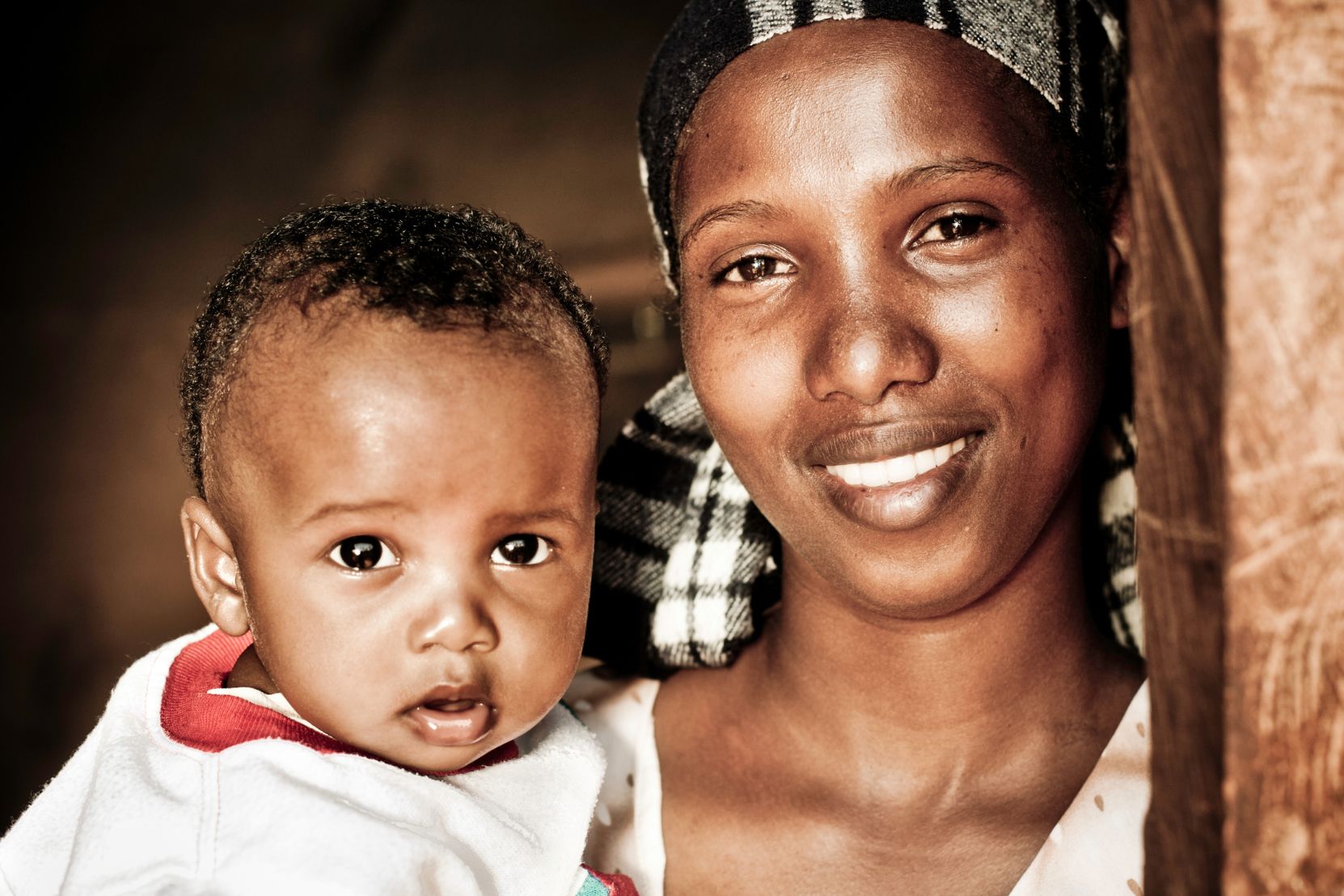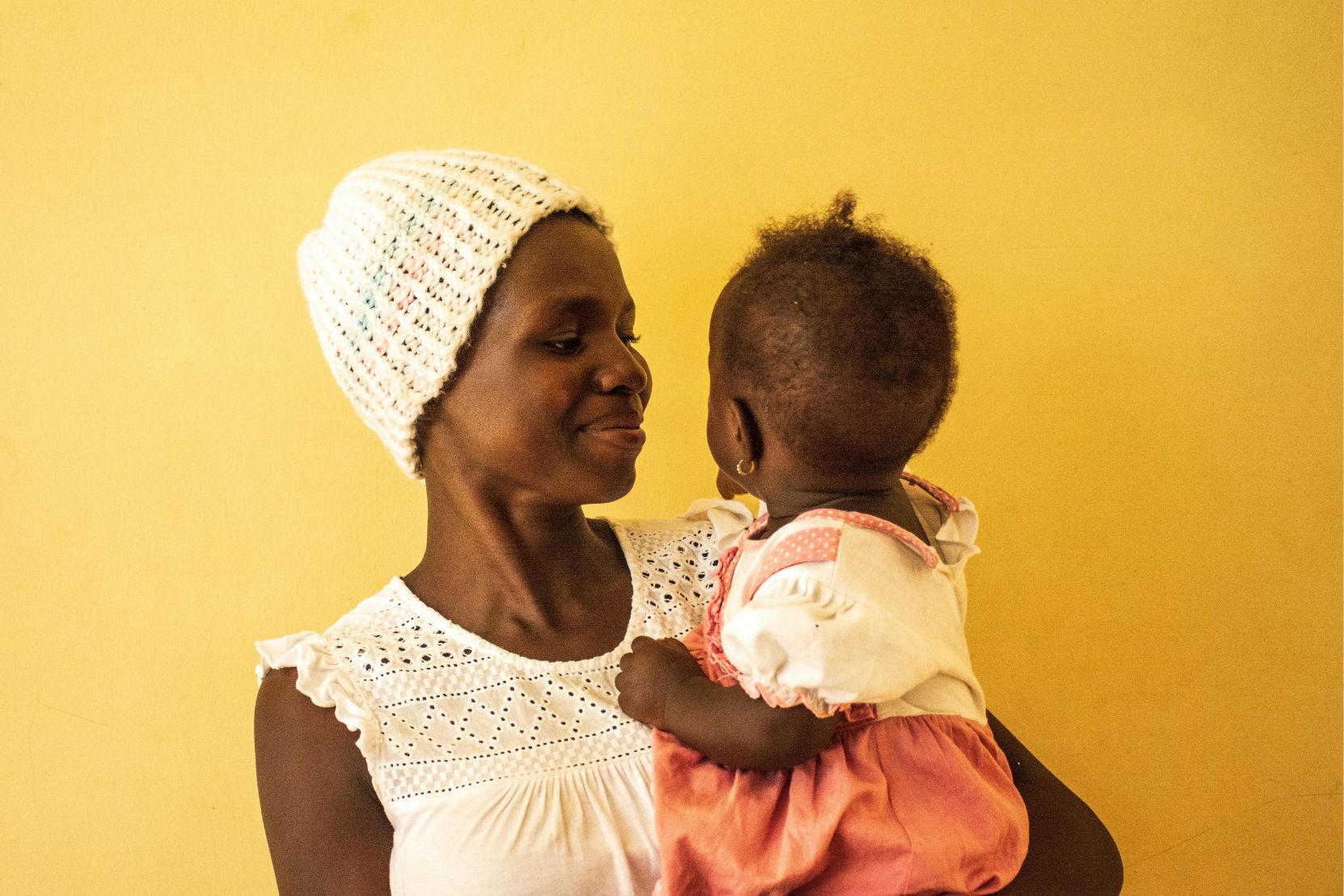Most people think of bravery as a mythical and heroic quality: bravery is highly regarded and hard to muster. Being brave involves facing one’s fear and acting to bring about a greater good. Who doesn’t hope to be brave when the moment calls?
From a psychologist’s perspective, bravery is an extraordinary response to fear and danger. Simply put, bravery overcomes the normal inclination to avoid danger. From a psychological perspective, bravery is somewhat atypical — or at least unexpected — behavior. That’s what makes it so exceptional.
Of course, bravery is not uncommon or mythical at all. We see people overcome fear and perform remarkable acts of bravery around us every day without a second thought. Hospital workers and first responders help others at the expense of their own safety. Soldiers risk their own lives to save those of their allies. Parents instinctively place themselves in dangerous situations to avoid risk to their children.
These acts of bravery are as inspiring as they are common. But is it always good to be brave?
Being brave in the right context is great. But in the wrong context, bravery can be reckless and counterproductive. In many situations, it is important to acknowledge and respect fear instead of simply trying to ignore or overcome it.
Fear can often be a rational, productive response in the face of adversity or uncertainty. Most of us are experiencing fear as we watch the COVID-19 pandemic unfold in our communities and around the world. But this fear — or its close cousin, anxiety, which is less intense but more prolonged — motivates us to follow instructions from knowledgeable public health officials. We wear masks, wash our hands frequently and practice appropriate “social distancing” measures. We pay attention to events in our communities and throughout the world. We stay informed about how to protect ourselves and our loved ones. Fear can even help us become more aware of and empathetic about the plights of others. We shop for people at risk. We donate to organizations that mitigate the risks COVID-19 poses for vulnerable individuals and communities.
We don’t tend to think of fear and anxiety as productive emotions. To be sure, excessive fear rarely serves any clear or useful purpose. And prolonged anxiety can lead to sadness and depression. But as the examples above show, our fear and anxiety can at times be very productive and adaptive. And the COVID-19 pandemic shows us that we do not always have to be “brave” in the traditional sense of the word — and that bravery is sometimes about coping with the unfamiliar and unexpected as best we can.
When I was a psychology professor, I developed and supervised an anxiety and stress disorders clinic, which treated clients and trained PhD candidates entering the field of clinical psychology. Below, I discuss one model for understanding emotional experience that I taught to both my graduate students and clients. It is a simple and often very useful way to comprehend why changes in our thoughts and behaviors lead to changes in how we feel. I also suggest some coping strategies for lessening fear, anxiety, frustration and boredom. Unfortunately, there is no magical way to eliminate any of these emotions. But the good news is that the strategies discussed below work well for most people who use them regularly.
I have used COVID-19 related examples, but you can use these strategies to cope with any situation, whether in your daily life or in a crisis like the one we now face.
What are the Components of an Emotional Experience?
When we feel afraid or anxious, we don’t generally stop to consider all the factors that go into creating that feeling. But, in fact, emotional experience is more complicated than just experiencing something as an automatic reaction to a given event or stimulus — like COVID-19. If we see our reactions as automatic, they seem less controllable. But if we identify and understand these factors, we can often change the experience by modifying or eliminating specific components of it.
Consider some of the common negative emotions people experience:
- Fear
- Frustration
- Anger
- Anxiety (ongoing sense of dread, concern)
- Loneliness
- Sadness
- Depression
- Guilt
Next, consider the physiological sensations, thoughts, images, expressive behaviors, and instrumental behaviors that often accompany these emotions.
Elements of Emotional Experience
- Physiological sensations: Chest tightness, muscle tension, headache, rapid heartbeat, light-headedness, shallow breathing
- Thoughts: For example:
- “I am so scared that a family member, someone I care about, or I myself will get very sick or die from COVID-19.”
- “I have to avoid touching anything that could have COVID-19 virus on it.”
- “This crisis will never end — I am hopeless — my life is ruined.”
- “There is absolutely nothing I can do to help others.”
- Images: Picturing getting severe COVID-19 symptoms, picturing oneself or someone you are close to in an intensive care unit on a ventilator, picturing learning that someone has died
- Expressive behavior: Clenching your fists, grimacing, etc.
- Verbal behavior: Speaking too quickly or loudly, yelling, expressing negative thoughts frequently
- Instrumental behavior: Reading or watching the news about COVID-19 compulsively, putting oneself in dangerous situations unnecessarily, sleeping too much, failing to be active by doing home exercise
How Do We Modify These Factors?
Fortunately, there are some simple exercises you can practice to help you modify — or at least become more mindful of — the feelings and behaviors that commonly accompany a difficult emotional experience. But — and I can’t emphasize this point enough — none of the following suggestions will work if you don’t really want to change how you feel or if you don’t practice the strategies regularly.
There is a joke that goes, “How many psychologists does it take to change a lightbulb?” The answer: “Only one, but the lightbulb really has to want to be changed.”
Many different things can keep us from committing to change. For example, you may value doing many of the things you already do even though they make you feel poorly. Or you may feel it is your responsibility to see people who make you feel negative emotions. Whatever the reasons, if you don’t value change — if you don’t feel strongly about the need to change your emotional state — then you should probably stop reading.
Physiological responses
- Passive and active mindfulness meditation: I suggest The Miracle of Mindfulness by Thich Nhat Hanh and Jon Kabat-Zinn’s Mindfulness for Beginners
- Proper breathing: The books on mindfulness above offer some great suggestions.
- Regular exercise
- Walk where you can do so safely, or use a YouTube video if you are home and have internet access.
- If you have stairs in your house, you can just walk up and down the stairs for 20 minutes.
- While you’re doing these activities, you can listen to something distracting and enjoyable, like music or a podcast, or talk on the phone with a friend
- Napping: Winston Churchill swore by the value of his regular naps after lunch. Many others agree — just 30 minutes is good.
- Don’t rush: Pay attention to what you are doing in a very focused way. Doing the dishes — or really any activity — slowly and mindfully can actually be a form of meditation.
Thoughts
- Become aware of your negative thoughts. It might help to list them.
- Replace negative thoughts with realistic modifications. Avoid catastrophizing. Replace “I am so scared a family member, someone I care about, or I will get very sick or die from COVID-19” with
- “If we are careful and wash our hands when needed and follow the ‘social distancing’ guidelines, a very bad outcome is unlikely,” or
- “There will be a vaccine or treatments that will end this pandemic, so it will not go on forever.”
- Use “positive comparison” as a coping strategy. For example: “Compared to most people, we have it really good,” or “We do not live in a refugee camp or a crowded slum in India, so we need to be grateful.”
Images
- Replace negative images (as they occur to you) with positive ones. When I was suffering through training for marathons, I often pictured myself at the finish line of a specific race, being greeted by my wife and children. I was really happy in these images. It helped!!
- Make a list of positive mental images (e.g., family members having a celebratory dinner together when COVID-19 allows it, a scene that you particularly enjoy from a walk, hike, run, or vacation, etc.). Use these scenes to replace horrible ones like ventilators, scenes of seeing people sick or dying, all those images that you get from the nightly news! Keep this list and the list of positive verbalizations suggested below on the fridge — at least I find that a good place since I am always going into the fridge! You should keep them where you will see them and, more importantly, use them!
- Practice calling up the new images throughout your day. They will help if you actually use them.
Expressive Behavior
- Try smiling: Research, including my own (from my days as a PhD student), shows that when you smile, you feel happier and when you frown, you feel less happy.
- Avoid grimacing: grimacing tightens your muscles (often this is out of your awareness) and may contribute to your negative, pessimistic mood. In any case, it is uncomfortable.
Verbal Behavior
- Avoid negative topics of conversation. “Popular wisdom” suggests that verbalizing one’s frustrations and negative thoughts and emotions (i.e. “venting” or complaining) is healthy. It “gets them out” rather than “suppressing” them. However, significant evidence suggests that doing this makes us feel worse. The idea of “getting it out” is based on an old hydraulic psychological model (from Sigmund Freud and others) and really makes no sense. Complaining to oneself and others emphasizes the negative and can perpetuate negative emotions — not to mention that your negative verbalizations not only bring you down, but likely those around you as well!! So I suggest replacing negative verbalizations with positive ones. It takes some discipline to avoid venting. But, over time, it will help you feel better and be more positive.
- Count Your Blessings. The idea of “counting your blessings,” as corny as it sounds, is well worth doing. These positive affirmations may make you and others feel better, as long as they are honest and heartfelt.
- Make a list of positive things you can verbalize. Say them aloud frequently (but “know your audience:” not everyone may appreciate a “Pollyanna” in these difficult times).
Instrumental Behavior (i.e. fancy psychology talk for what you do)
- Exercise regularly, within the limits your local area is imposing. This does not have to be strenuous. Walking, gardening, yoga, sit-ups, and push-ups are all helpful.
- Try new things. Make time to do one or two things you have not had time for prior to COVID-19 but have really wanted to do. Give yourself permission to do these things even if they are not “productive.”
- Start a new hobby that may be time-consuming.
- Reach out through email, zoom, or phone to people you have not been in touch with for a long time. Getting active on social media may be helpful for some; for others it should be avoided 🙂
- Wash your hands and practice “socially distancing” as indicated. Practicing COVID-19 avoidance measures should contribute to feeling safer.
- Help others as much as you can, within the limits imposed in your local area and for your own risk level. If you are younger, consider shopping for older people. Walk with neighbors who will enjoy your company, even if you would not have asked them when you had less time 🙂
Elizabeth Dunn’s Ted Talk examines the evidence that “doing good” makes us feel better. Donating to high impact, cost-effective nonprofits that reduce suffering, premature death and empower livelihoods among people living in extreme poverty is a wonderful way to feel better. Remember, you don’t have to be brave to save lives 🙂
Identify Early and Avoid High Risk Situations
- Some situations and/or people make us feel anxious, angry, sad, depressed, or frustrated. Some of these contexts and/or people can also lead us to behave in ways that are emotionally counterproductive. Make every reasonable attempt to identify these high-risk situations ahead of time. If possible, avoid them altogether.
- Watching the news compulsively — with the endless depressing numbers and scenes of people in the hospital — makes some of us feel much worse. Of course, still stay informed, but don’t overdo it.
- Talking to some people in person or on the phone may precipitate negative conversation and negative thinking. Be aware of who these people are and, when possible, avoid them — or at least topics of conversation that can become negative.
But What Do I Do About “Stress?”
Using the above strategies will help improve how you feel, but of course it’s often impossible to be stress-free.
Coping with “stress” requires some of the same skills as changing the emotional experiences described above. It is critical to realize that in English, the word stress is used as both a stimulus (i.e., something outside of us in the environment) and as a response (i.e., how we respond to external events). This dual meaning creates problems for all of us because it suggests that our responses are automatically precipitated by events that we do not control.
The model I teach tries to avoid these problems by using the word “stressors” for external factors and the word “stress” for our response to those factors. The goal is to change our stress response to stressors. Here is the simple model:
Stressors —————> Stress Responses
The idea is to reduce or eliminate exposure to stressors whenever possible, or to modify your stress response to make it more adaptive. For example, you can often avoid people or conversations that lead to frustration, hopelessness, sadness, or anxiety. This may require some degree of assertiveness. You might need to say, “I am sorry, but I do not want to talk about this subject, as it is not productive for me and makes me sad or anxious” or “I would prefer to walk by myself today. I need to have some quiet time.”
With some stress behaviors that you can’t entirely avoid, it may be best to try “symptom scheduling.” Set a specific time(s) during the day when you will investigate concerns, express sadness, anger, frustration or hopelessness. But limit yourself to that time or times and do not allow yourself to engage in these stress responses at other times.
The strategies listed above for changing your emotional experience also apply to reducing stress responses. Below I list just a few of the many possible stressors as they relate to COVID-19. I also list a few of the many possible stress responses. Likely your stressors and stress responses will be different, but the strategy applies regardless of the specifics.
Stressors Include:
- Negative COVID-19 Information
- Financial problems (e.g., loss of income, uncertain financial future)
- Health concerns
- Specific people
Stress Responses Include:
- Frequently expressing the same anxieties, frustrations, anger about COVID-19-related topics
- Examining oneself for COVID-19 related symptoms
- Seeking constant reassurance
- Washing more often than is medically indicated
- Compulsively seeking COVID-19 information when you already know it. When I ran a group for people recovering from heart attacks, we had a saying: “Remember what you need to remember (e.g., taking your medication, exercises as prescribed by the doctor, etc.) when you need to remember it. But forget your heart disease the rest of the time.” The same applies to being safe during the COVID-19 pandemic.
Modifying Stress Responses
Once again, I suggest the two great books below for coping with stress responses.
- For passive and active mindfulness meditation, The Miracle of Mindfulness by Thich Nhat Hanh
- For proper breathing, Jon Kabat-Zinn’s Mindfulness for Beginners
I hope this short guide is helpful, but I want to remind you about the lightbulb joke. None of this will be helpful if you do not practice using the strategies and applying them regularly. Good luck and stay safe, but excessive worry will likely be counterproductive. COVID-19’s duration is out of your control, but how you respond is NOT!!!



